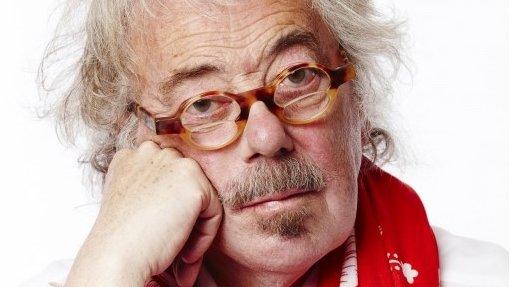Richard Neville: The taboo-breaking 'practising futurist'
- Published
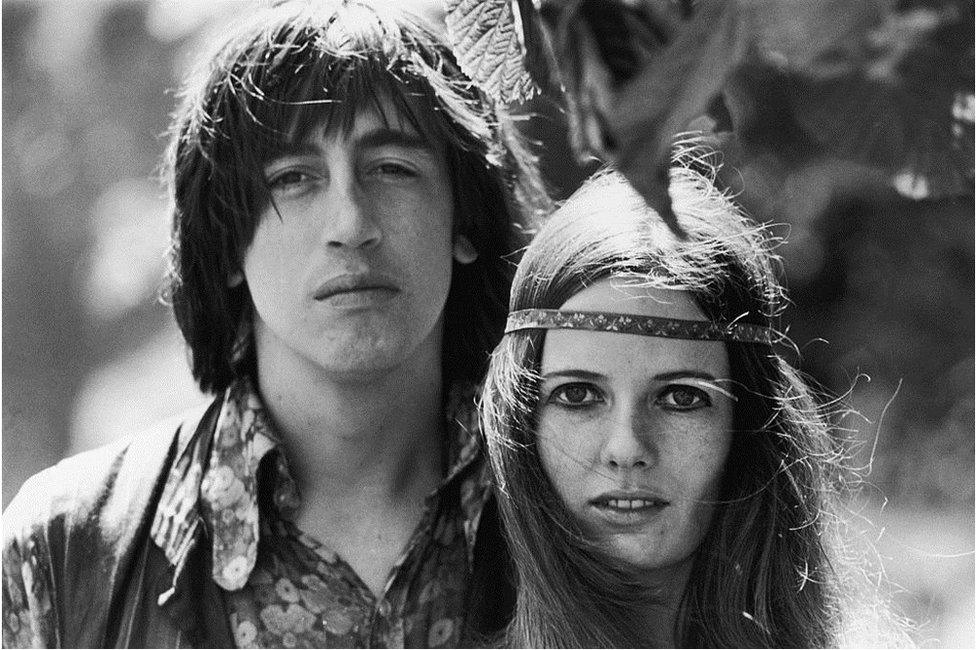
Richard Neville, here with then-girlfriend Louise Ferrier, drew writers, rock stars and even MPs to his defence
He was a provocateur, journalist and self-proclaimed "practising futurist" whose satirical magazine landed him in prison in Australia and in the UK, where John Lennon and Yoko Ono marched in protest at his sentence.
Richard Neville, a writer and social commentator who has died at the age of 74, was one of the 1960s' most prominent Australians.
With friends from university, he co-founded Oz, a counterculture magazine that paraded pop art alongside subjects that were taboo in socially conservative Australia. It would rattle many cages.
"There was lots of stuff going on in the ether that was beginning to make life quite a lot different from the life of our parents, and I guess you could say sex, drive-in movies, rock and roll, the pill.
"We were going to leave the '50s forever and something interesting would take place in the '60s," he told ABC radio in 2013.

Richard Neville's friend said he had been suffering from Alzheimer's
His dissenting publication derided Australia's attitudes to sex and sexuality, and ploughed head-first into the treatment of Aboriginal peoples, abortion and Australia's participation in the Vietnam War.
The first edition was published, suitably enough, on April Fool's Day in 1963, and within hours had sold thousands of copies.
But he did more than just stoke controversy.
When "The Oz Guide to Sydney's Underworld" was released, Lenny McPherson, a legendary criminal who was number two on the list, confronted Neville at his home.
Details are sketchy, but it is safe to presume frank views were exchanged.
Neville's famous battles with the authorities began after only three issues of the magazine had been produced.
He and co-editors Richard Walsh and Martin Sharp were charged in Australia with distributing an obscene publication. They all pleaded guilty and were fined.
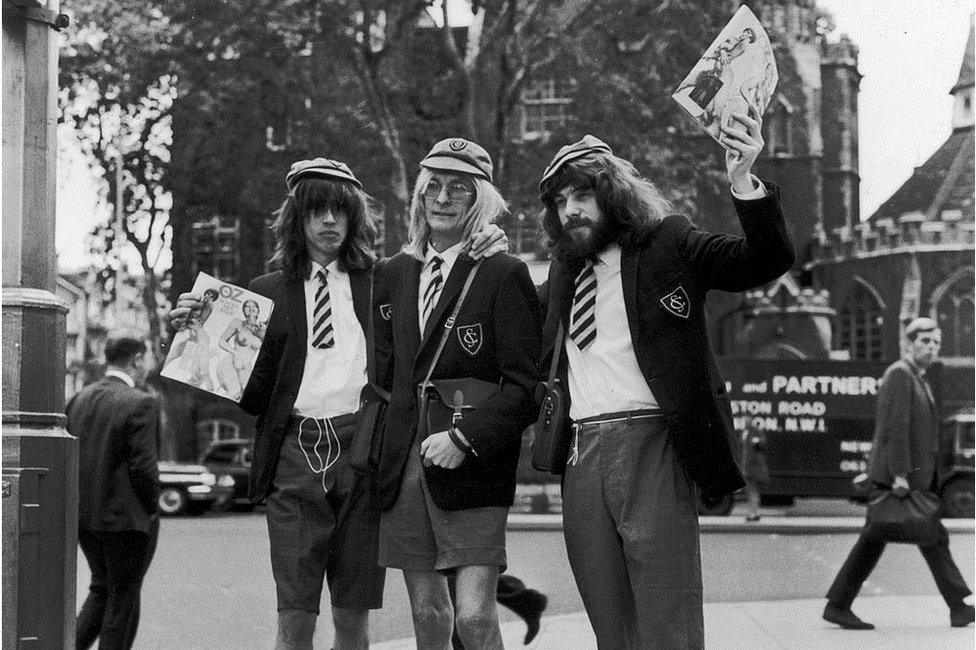
Richard Neville (left), Jim Anderson (centre) and Felix Dennis (right), in London in 1971
They later faced court again over a cover photograph of Walsh and two friends pretending to urinate into a fountain. Prison sentences were eventually thrown out on appeal and, now free to travel, Neville headed to London in 1966 to set up a British version of his magazine.
It was a runaway success but it would be another brush with the establishment that would make him a household name.
A 'youth quake'
On travelling to London, he said: "The night after I arrived, there were incredible poetry events at the Roundhouse (a concert venue in Chalk Farm).
"The Rolling Stones and the Beatles and incredible fashions and a challenge against the establishment... a youth-quake was going to happen there."
In the early 1970s, Neville and his colleagues were charged with "conspiracy to corrupt public morals" after an edition edited by school children took aim at paedophile teachers.
What followed was the longest obscenity trial in British legal history.

Supporters, here burning an effigy of the judge in the Oz obscenity trial, rallied to the defence of the magazine
His legal team said the case was a struggle of liberty and freedom of speech. John Lennon and Yoko Ono marched in rallies to protest against the guilty verdicts and wrote a song to raise money.
God Save Oz includes the words: "Oh God save us one and all, oh God save us from defeat, oh God save us from the war, oh God save us on the street."
Even British MPs argued on the defendant's behalf, amid Cold War concerns about how the UK's treatment of radical thinkers might be compared with the iron hand of the Soviet Union.
Neville was given a custodial sentence - a decision that was overturned on appeal. He gave up editing the magazine that defined him and its last issue rolled off the presses in November 1973.
"Richard Neville was the most charming man I ever met," wrote Richard Walsh in an obituary for The Australian.
"He didn't possess the superficial charm of an actor or politician; he was genuinely interested in people and curious about life in all its manifestations."
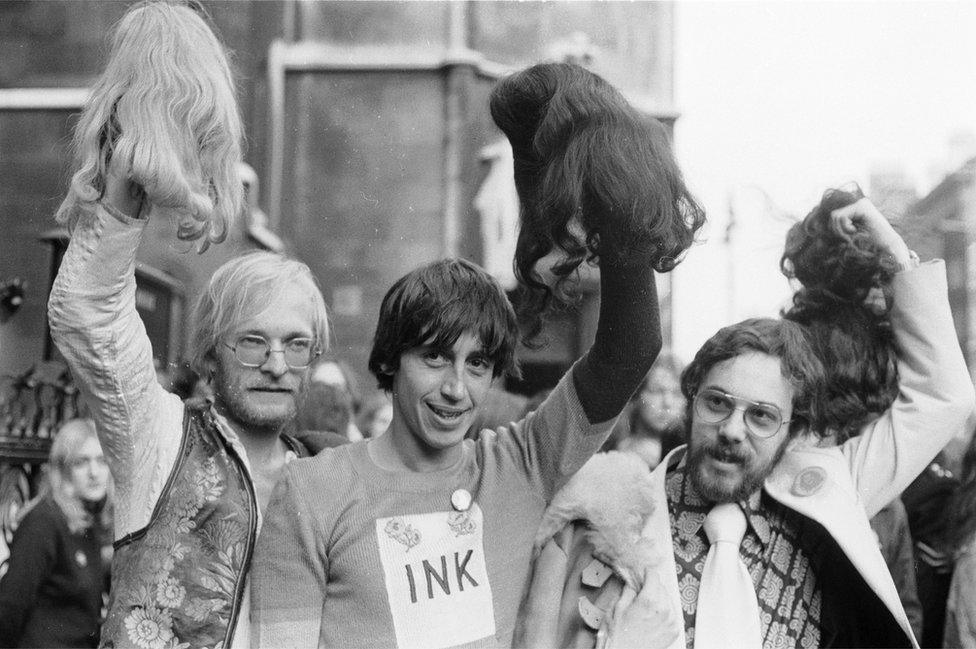
The impact of the magazine and its producers lasted well beyond its few years in print
Richard Neville went on to cover US elections for newspapers in Britain. In 1980, he married journalist Julie Clarke and they had two daughters, Lucy and Angelica.
Struck down by Alzheimer's disease, he died in the Australian seaside town of Byron Bay, surrounded by his family.
Twitter has hummed with tributes: "One of the first verbal anarchists" remarked one tweet, "Australia has lost a marvellous maverick," said another.
To his legions of fans, Neville will always be "the Wizard of Oz".
- Published5 September 2016
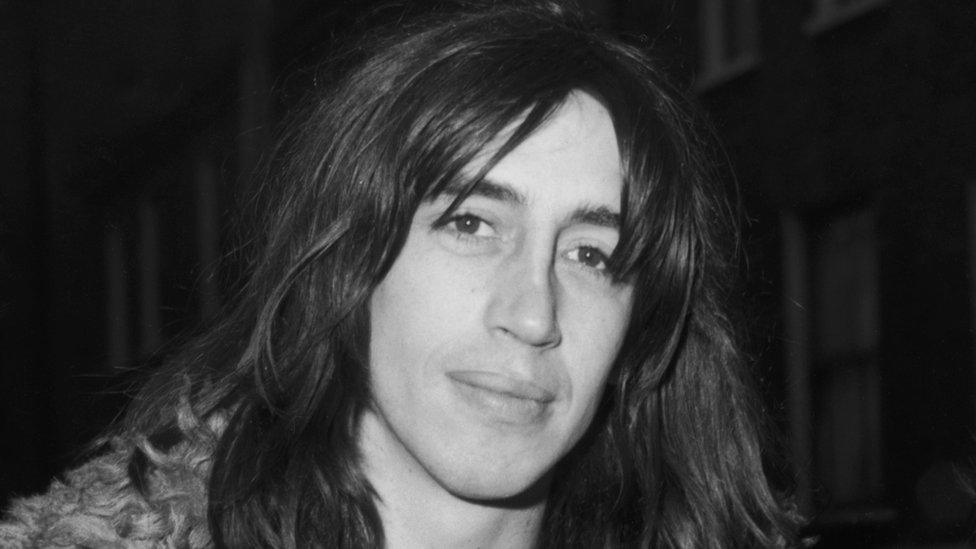
- Published23 June 2014
